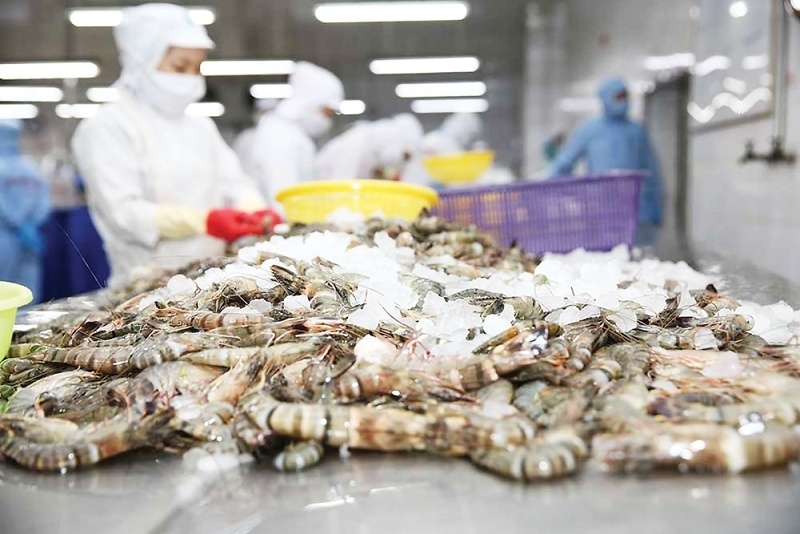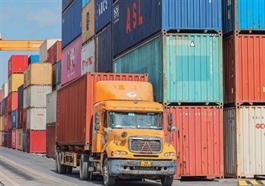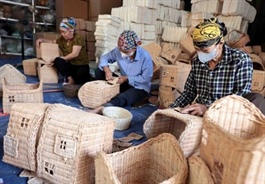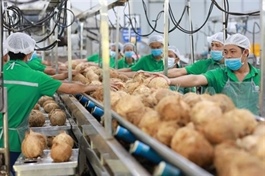Vietnam seafood exports set to exceed targets
Vietnam seafood exports set to exceed targets
Vietnam's seafood industry is confident in surpassing this year's export targets amid strong export growth, recovering order volumes, and impressive breakthroughs in Chinese, US, Japanese, and EU markets.

According to the Vietnam Association of Seafood Exporters and Producers (VASEP), national seafood exports in October reached over $1 billion, up 28 per cent on-year. This marks the first time in over two years that monthly seafood exports have returned to the $1 billion milestone. The cumulative exports through 10 months have brought in $8.27 billion.
Exports to China and Hong Kong surged 37 per cent, emerging as the largest and fastest-growing markets. Other markets showed similar dynamism, with the US up 31 per cent, Japan up 22 per cent, and the EU up 27 per cent.
Shrimp and basa fish show the highest growth potential this year. By the end of October, shrimp exports reached over $3.2 billion, up 13 per cent, while basa fish approached $1.7 billion, up 10 per cent.
In positive news for Vietnam's shrimp industry, the US Department of Commerce announced preliminary countervailing duties on shrimp imports from Ecuador, India, and Vietnam in late October, with Vietnam receiving significantly lower rates than India and Ecuador. This presents a crucial competitive advantage for Vietnamese shrimp in the US market.
With markets warming up and orders recovering, the seafood industry is confident in achieving its $10 billion target this year, exceeding the initial goal of $9.5 billion set at the beginning of the year.
According to baochinhphu.vn, Phung Duc Tien, Deputy Minister of Agriculture and Rural Development said that despite the impact of Typhoon Yagi, both aquaculture and fishing have increased.
"With the current growth rate, the seafood industry will surpass $10 billion this year," he said.
To achieve the $10 billion export target, Tien advised seafood businesses to remain flexible with market conditions, diversify export markets to avoid dependence on a single market, and strengthen exports to newly opened markets while expanding domestic market development.
Addressing future challenges, Le Hang, communications director of VASEP, noted that beyond tariffs and regulations from major markets, the industry faces climate and environmental changes affecting raw material sources. Additionally, regional competition continues to intensify.
"Businesses need to enhance competitiveness through product quality improvement and export market diversification," Hang said.



























